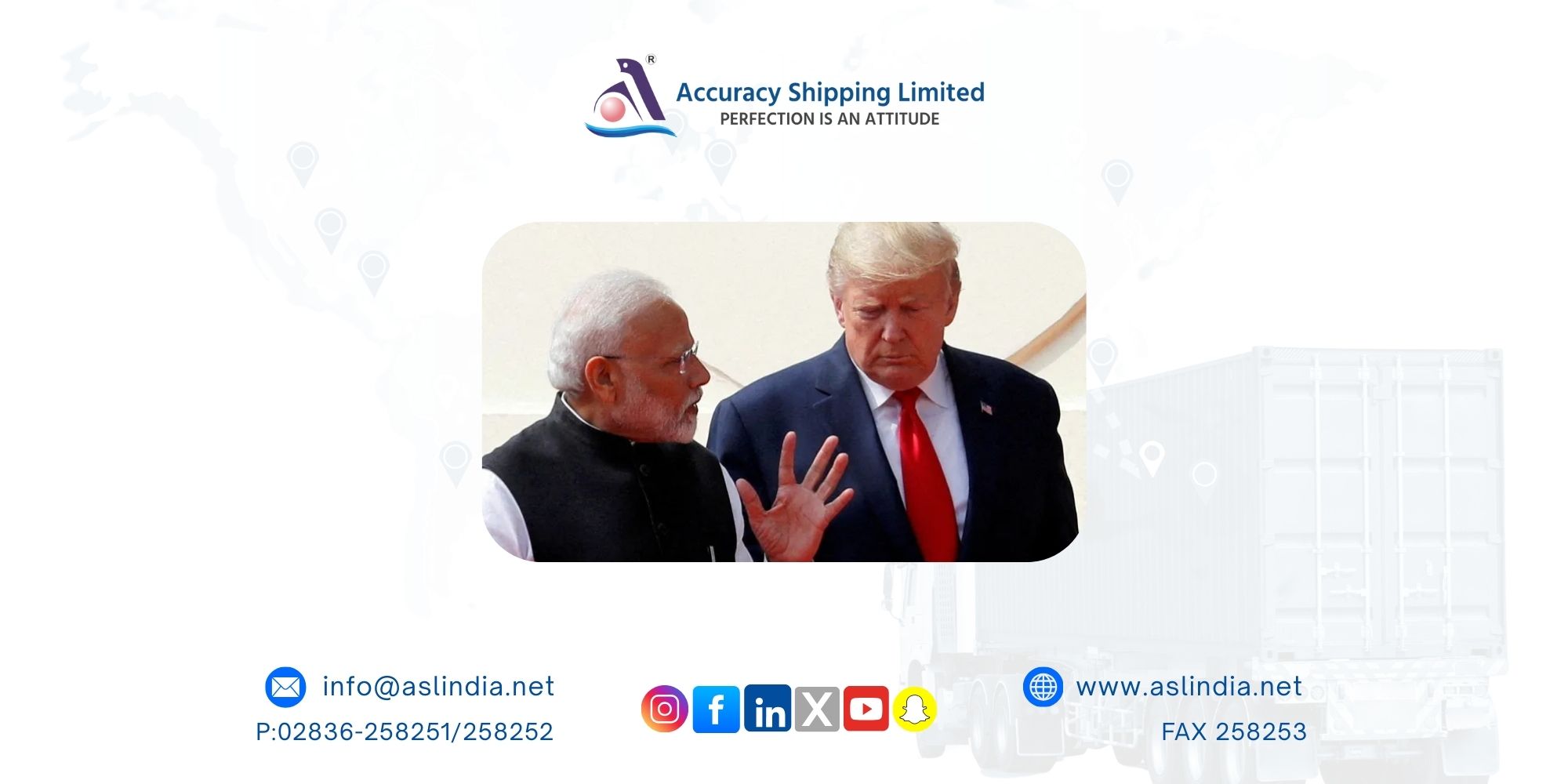Trump’s India tariffs take effect: Which sector will be hit, what’s exempt?

United States President Donald Trump’s decision to impose a 50 percent tariff on Indian goods has officially come into force, marking one of Washington’s toughest trade measures yet. The move, which follows an initial 25 percent tariff on July 30 and an additional 25 percent a week later, could disrupt trade worth billions of dollars and risk thousands of jobs in India.
While the US cites India’s continued purchase of Russian oil as the trigger for these duties, the implications go far beyond geopolitics threatening key Indian industries, the livelihoods of millions of workers, and the long-standing India-US trade relationship.
Which sectors will be worst hit?
The new tariff rate targets a wide range of Indian exports including gems and jewellery, garments, footwear, furniture, and industrial chemicals. According to the Global Trade Research Initiative (GTRI), Indian exports to the US could fall sharply from $86.5 billion this year to about $50 billion in 2026.
Textiles, shrimp, carpets, gems, and jewellery are projected to be the hardest hit, with exports in these categories bracing for a 70 percent collapse. These industries are heavily labor-intensive, dependent on small and medium enterprises, and could see business shift to competitors in Vietnam, Bangladesh, and other Asian economies.
Veteran journalist MK Venu warns that the blow will endanger hundreds of thousands of jobs: “These are very, very labour-intensive and small companies, which cannot survive the hit.”
What’s exempt from the tariffs?
Not all sectors are equally affected. The Indian pharmaceutical industry vital for affordable healthcare in the US has been spared immediate tariff hikes. Roughly half of America’s generic drug imports come from India, valued at $8.7 billion in 2024.
Additionally, semiconductors, consumer electronics, aluminium, steel products, and passenger vehicles will face separate, sector-specific tariffs rather than the flat 50 percent.
How is India responding?
Prime Minister Narendra Modi has pledged to shield farmers, cut taxes, and double down on his self-reliance push. In his Independence Day speech, he stressed that India must become self-reliant “not out of desperation, but out of pride.”
The government is considering measures including:
Financial assistance for exporters to diversify into Latin American and Middle Eastern markets.
A “massive tax bonanza” for businesses alongside simplified goods and services tax rules.
Salary and pension hikes for millions of public sector employees to sustain domestic demand.
However, critics argue that these measures lack clarity. “Even if subsidies are provided, it won’t be enough to cushion such a huge hit,” Venu cautioned.
Why did Trump impose tariffs?
The tariffs are tied to Washington’s demand that India halt its purchases of Russian oil. US officials have accused New Delhi of “profiteering” from discounted crude, which rose from 1 percent of India’s imports pre-Ukraine war to 37 percent.
Talks to prevent a trade war collapsed after five rounds of negotiations. While India has argued that its energy imports are dictated by market forces and national needs, the Trump administration accuses New Delhi of undermining Western sanctions on Moscow.
The US has also long criticized India’s high import duties. For example, while America’s simple average tariff rate on agricultural imports is just 4 percent, India’s stood at 39 percent in 2024. Trump has used this disparity to justify his hardline stance.
What does this mean for India-US ties?
Bilateral trade between India and the US stood at around $212 billion last year, with India enjoying a $46 billion surplus. But the new tariffs risk damaging this partnership.
Experts believe India may now seek closer ties with Russia, China, and BRICS nations. “Trust between India and the US is at an all-time low,” said Venu, suggesting that New Delhi could rebalance its trade strategy away from Washington.
Economists, however, estimate the overall impact on India’s GDP will be limited around 0.9 to 1 percent. The IMF had projected 6.4 percent growth in 2026, but that forecast may need revision depending on how India navigates this storm.
The road ahead
For India, Trump’s tariffs pose a twin challenge: immediate losses in labor-heavy export industries, and a strategic rethink of its dependence on the US market. For Washington, the tariffs risk pushing New Delhi closer to its geopolitical rivals at a time when balancing power in Asia is crucial.
Whether this escalates into a full-blown trade war or pushes India to strengthen its self-reliance agenda will depend on how both governments negotiate in the coming months.







